In this post I would like to share, in all
modesty, my experience in one of the critical
activities the finance department is in charge: budgeting/forecasting.
Although the vast majority of the finance
community is aware or has experienced similar situations or methodology I think
it is worth to give some personal insight.
Let´s start from the typical question: Do we
need budgets? The normal reply is we do, of course.
Budgets don´t win friends but they influence
people. They can be painful to create and agonizing to manage. But they
translate policy into financial terms and whether like it or not that is the
way in which plans should be expressed and ultimately, performance controlled.
So in my view I can indicate three reasons for
the need of budgets:
·
To
show the financial implications of the plans
·
To
define the resources required to achieve the plans
·
To
provide a means of measuring, monitoring and controlling the results against
the plans.
However there are also problems. The typical
problems you face could be as follows:
·
An
inadequate basic budgeting procedure. For example, imprecise guidelines,
unsatisfactory background data, cumbersome systems, lack of technical advice
and assistance to managers and of course, the typical arbitrary cuts by top
management. Does this sound familiar to you?
·
Lack
of accurate forecasts of future activity levels. Very critical in my
experience.
·
Difficulty
in amending the budget in response to changing circumstances.
·
The
fundamental weakness of basing budgets on past levels of expenditure which are
simply added up rather than subjecting the whole of the budget to a critical
examination.
·
Weakness
in reporting or controlling procedures which prevent the budget being used to
monitor performance.
You could reduce the above mentioned problems
when preparing the budget by using some methodology and discipline in the
process, for example:
·
Prepare
budget guidelines which set out policies on where you want to go and how you
want to get there. For example, this could be expressed in targets, for sales
production or activity levels, and as an outline of the major marketing and
production plans. In addition, the assumptions to be used in budgeting should
be given. This could include rates of inflation or increases in the costs and
prices.
·
Ensure
that those responsible for preparing the budgets are given advice and
encouragement by the correspondent managers. These “experts” should be there to
help, not to blame or threaten!!
·
Get
people to think hard about their budgets. For example, they should not be
allowed just to update the last year´s result actuals. Very typical right??
Wherever there is any choice on how much is spent they should be asked to go
back to first principles and justify what they are doing. This is a base for
the so called zero base budgeting that I will comment briefly at the end.
·
Do
not accept any significant increase or even decrease from last year´s budget
without an explanation.
·
Probe
to ensure that budgets submitted are realistic and do not include the typical
“cushions”. If you need this, discuss it in advance to get agreement.
·
If
you are in charge to approve or review the budget do not cut arbitrarily.
Give reasons. If you don´t you will foster, the “cushion factor” or the typical
“could not care less attitude.
·
Finally,
update or “flex” budgets regularly especially when activity levels and costs
are subject to large variations.
Flexible budgets are a good tool. If it is
possible, with a reasonable degree of accuracy, to relate the changes in the
revenues and costs to levels of activity, the use of flexible budgets is
worthwhile. Budgets are, let´s say, “flexed” by recalculating revenues and
costs which vary with activity levels by reference to actual levels so giving
an expected level of revenues and costs. The difference between the original
and expected levels is normally referred as the activity variance and the
difference between expected levels and actual levels is normally referred as
the controllable variance. It is on the latter figure where we should
concentrate if you want a realistic picture of how costs are performing. There
is also the possibility to review the budget periodically during the year to
meet changing conditions. Here you will use the well-known rolling
budget/forecast and although, in my opinion, it is not as effective as the
fully flexible system, it is easier to operate.
The final piece is the budgetary control. A
budgetary control procedure is not easy to achieve. You have to work at it and
create it based on your needs and goals. There is no problem in designing a
system with “elegant” forms and lots of information. The difficulty is in
maintaining the scheme as a useful instrument once it has been set up. The encouragement
can only come from the top. The CEO/CFO should insist on a rigorous approach to
building budgets and a reporting procedure which is used to make things happen
the way they want them to happen. And they have to ensure that everyone
concerned knows what is expected and is accountable for any failure to perform.
To conclude, some comments on zero-base
budgeting. The traditional approach to budgeting tends to perpetuate the
commitments of previous years. For example, past levels of expenditure are used
as a base from which to project increases or decreases. Only part of the budget
is analyzed and normally, the managers concentrate on justifying increases
rather than challenging the need for any function or activity in its present
form. The priority based budgeting (zero base) requires managers involved in
budgeting to re-evaluate all their activities in order to establish their
relative priority and decide whether they should be eliminated or funded at a
reduced, similar or increased level.
Zero base budgeting is not the panacea and it
has often failed because companies have introduced overelaborate procedures
which have sunk almost without trace in a sea of paperwork. So here the
emphasis, in my experience, should be on the value in getting priorities right
and ensuring that costs and benefits are thoroughly reviewed to the advantage
of all concerned.
It is likely some of the readers are currently
in their annual budget exercise so Happy budgeting!!!






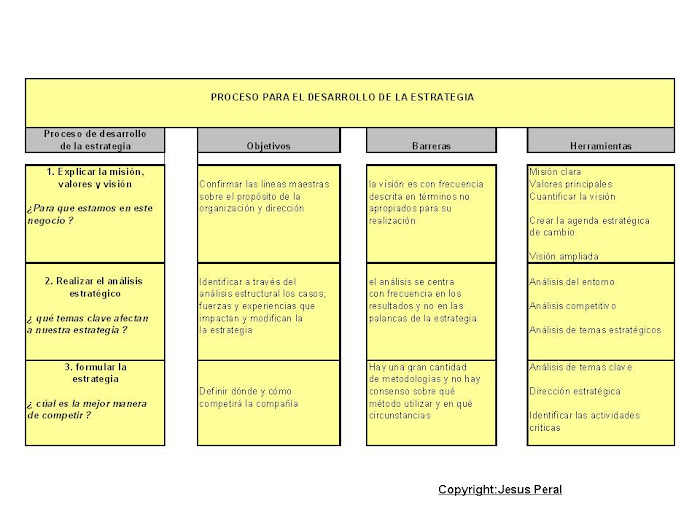

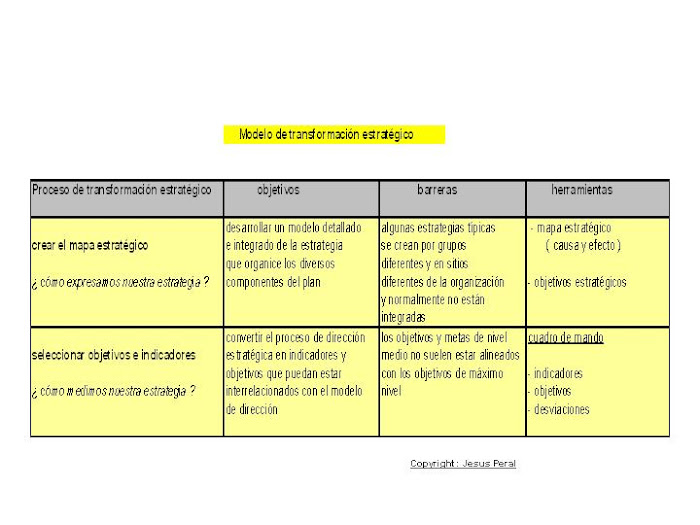
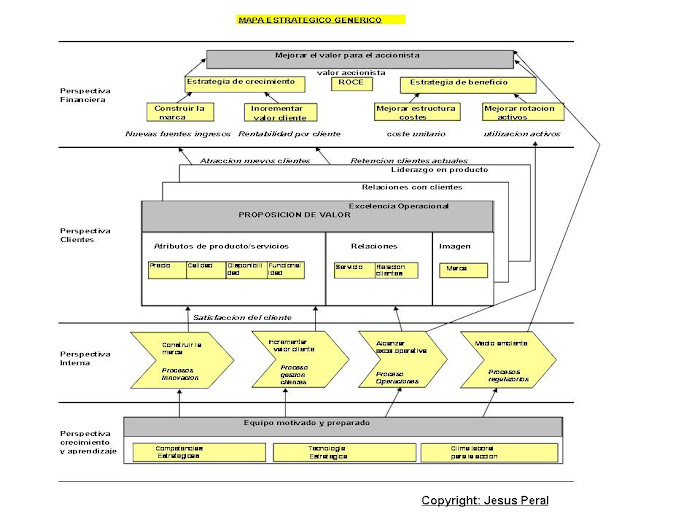

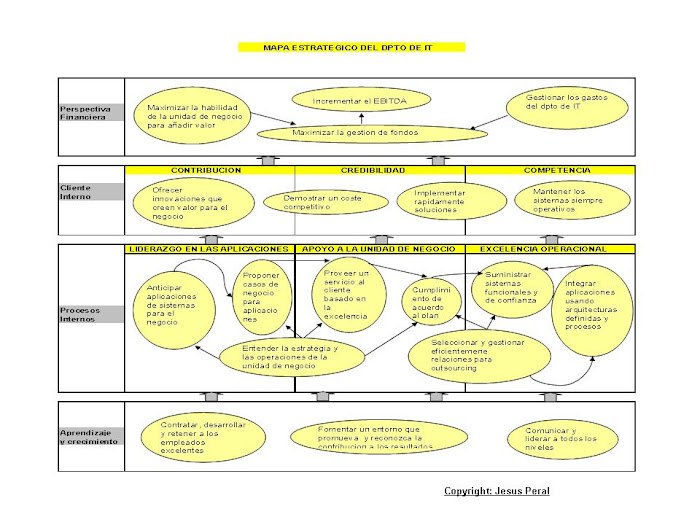

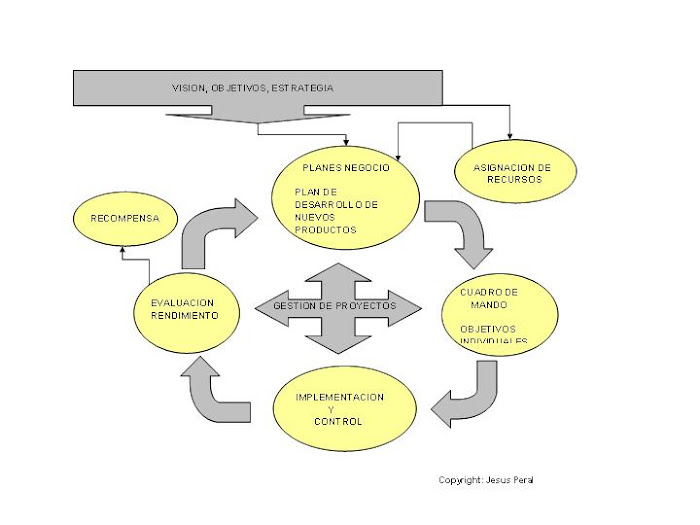

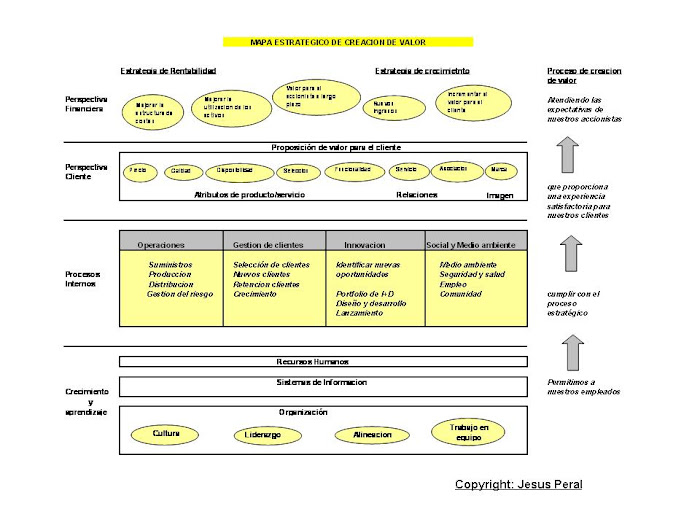




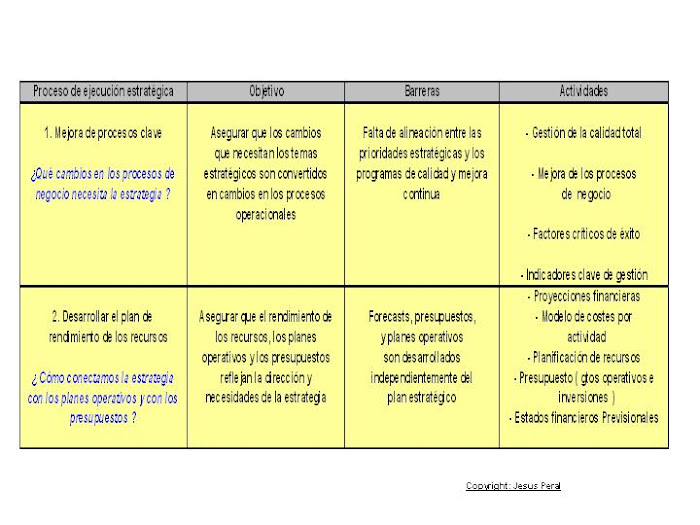
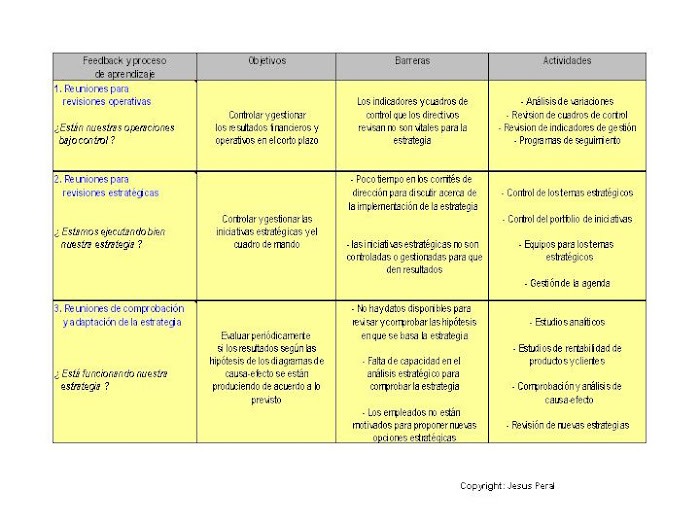


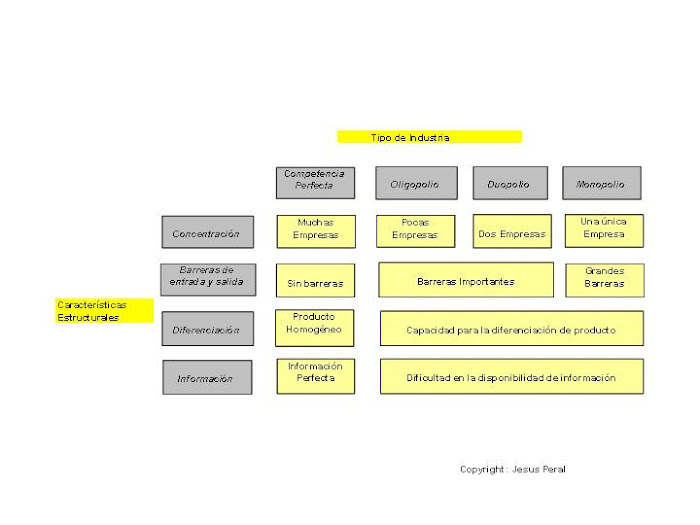

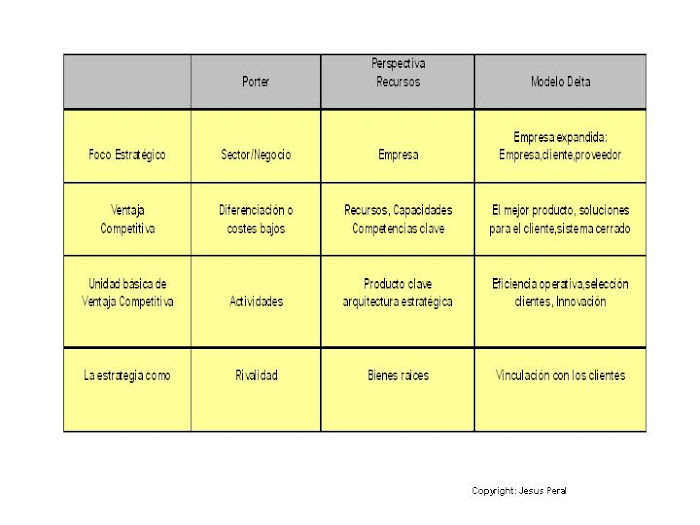
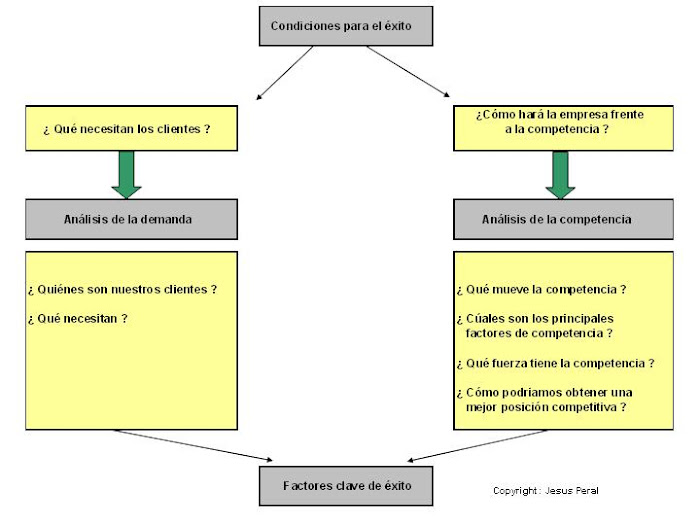
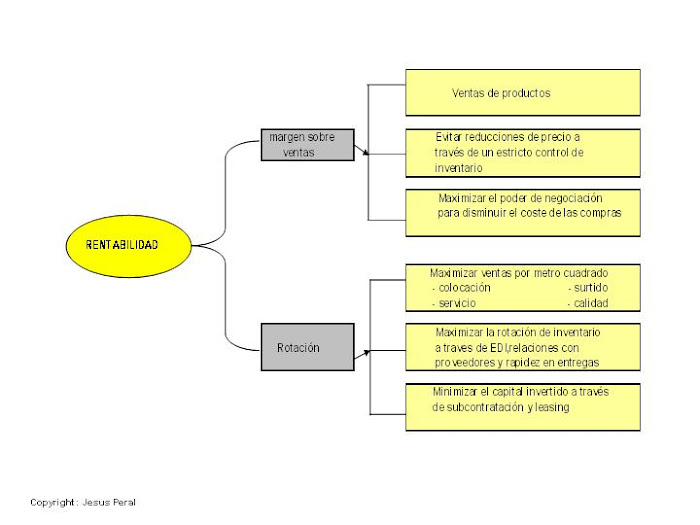





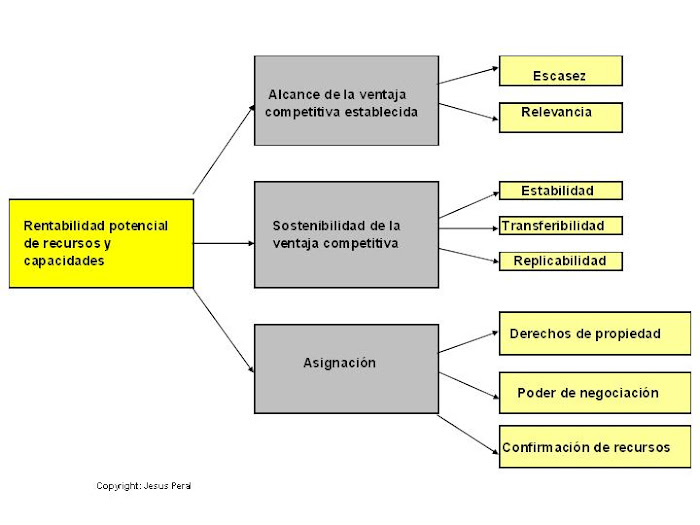

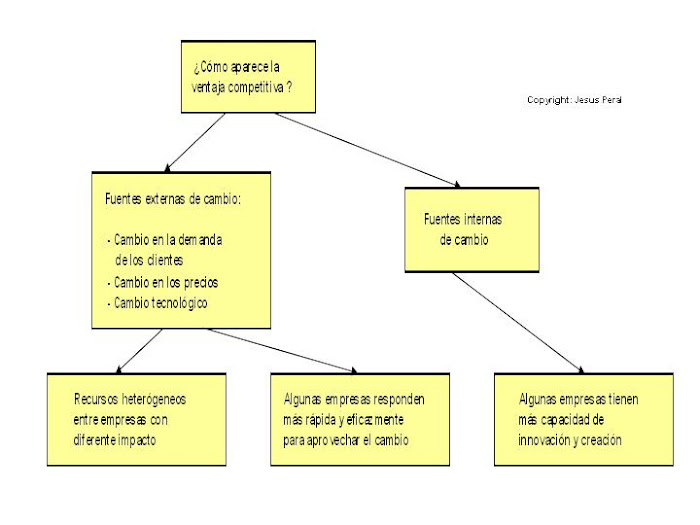

































No hay comentarios:
Publicar un comentario